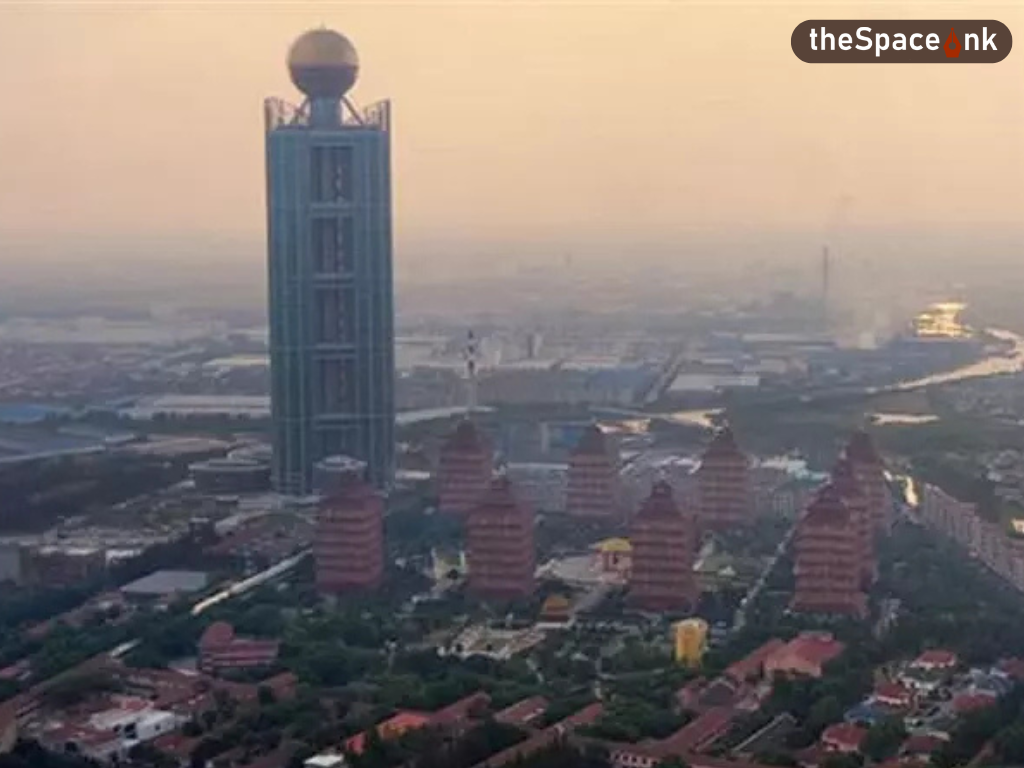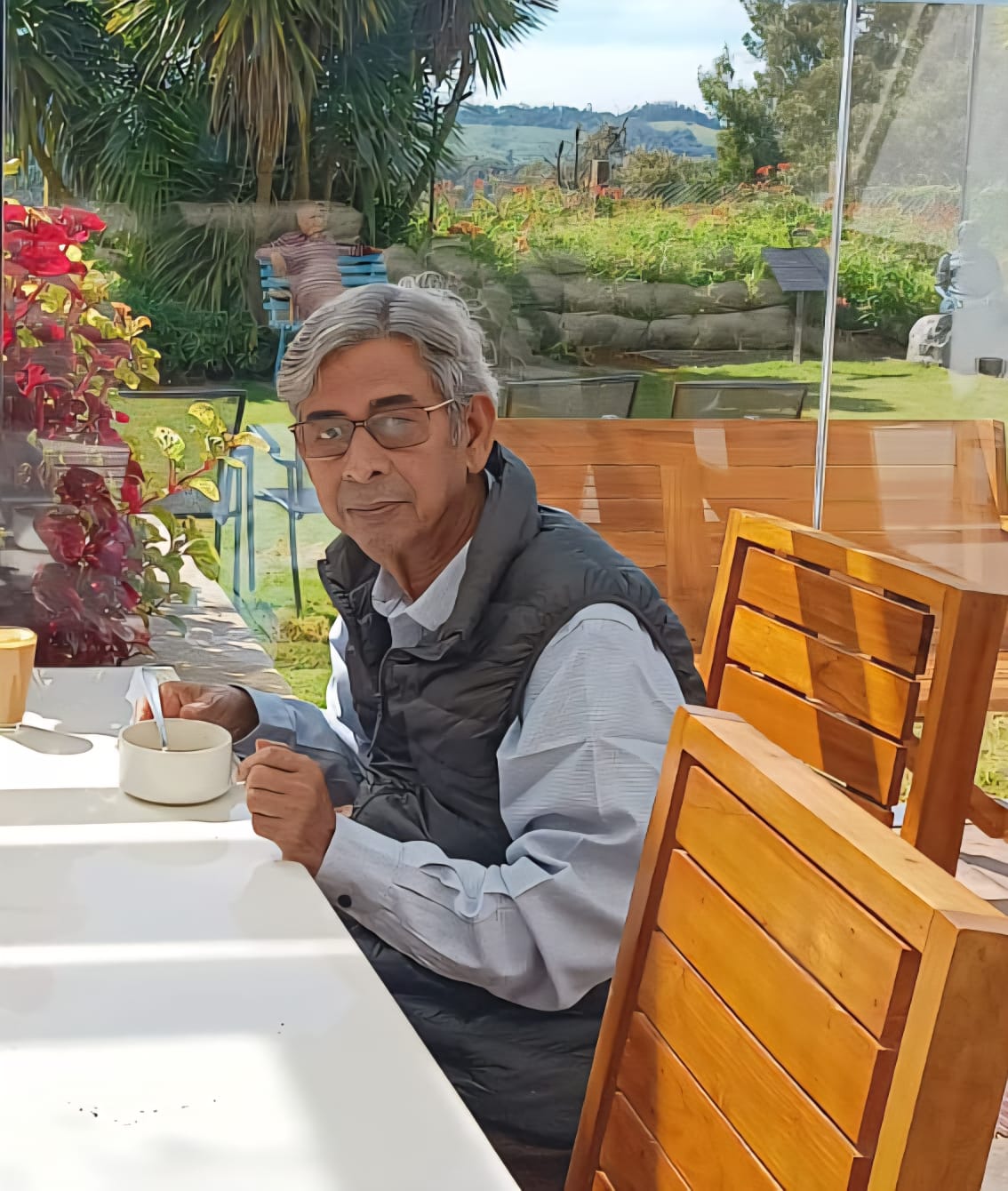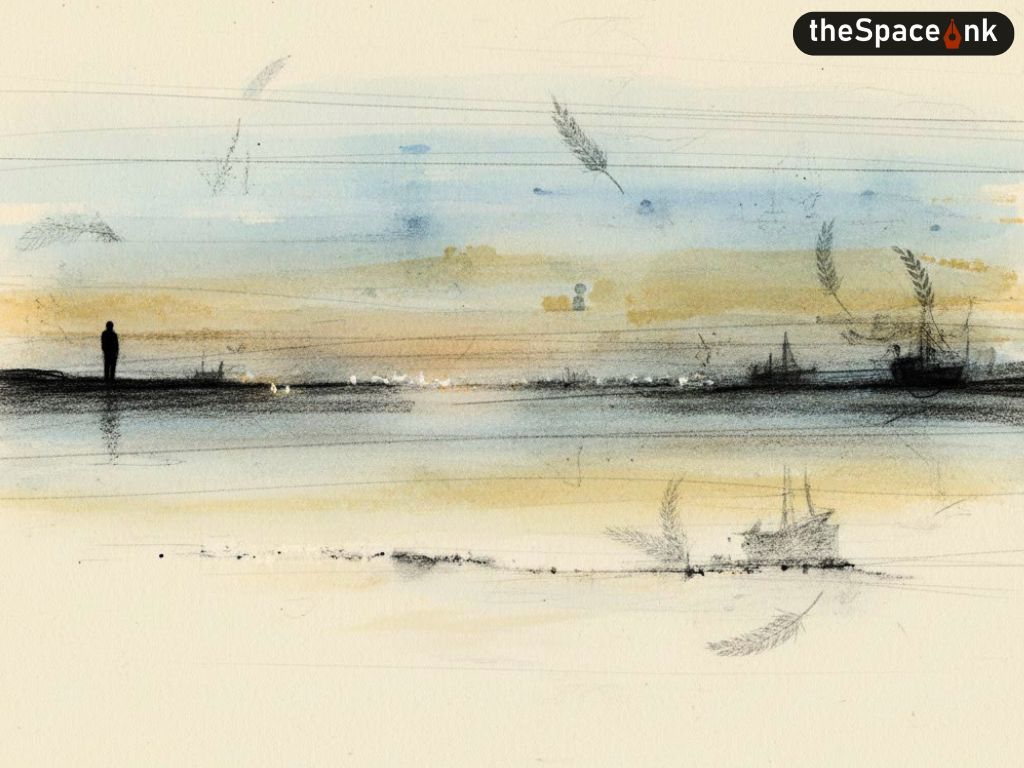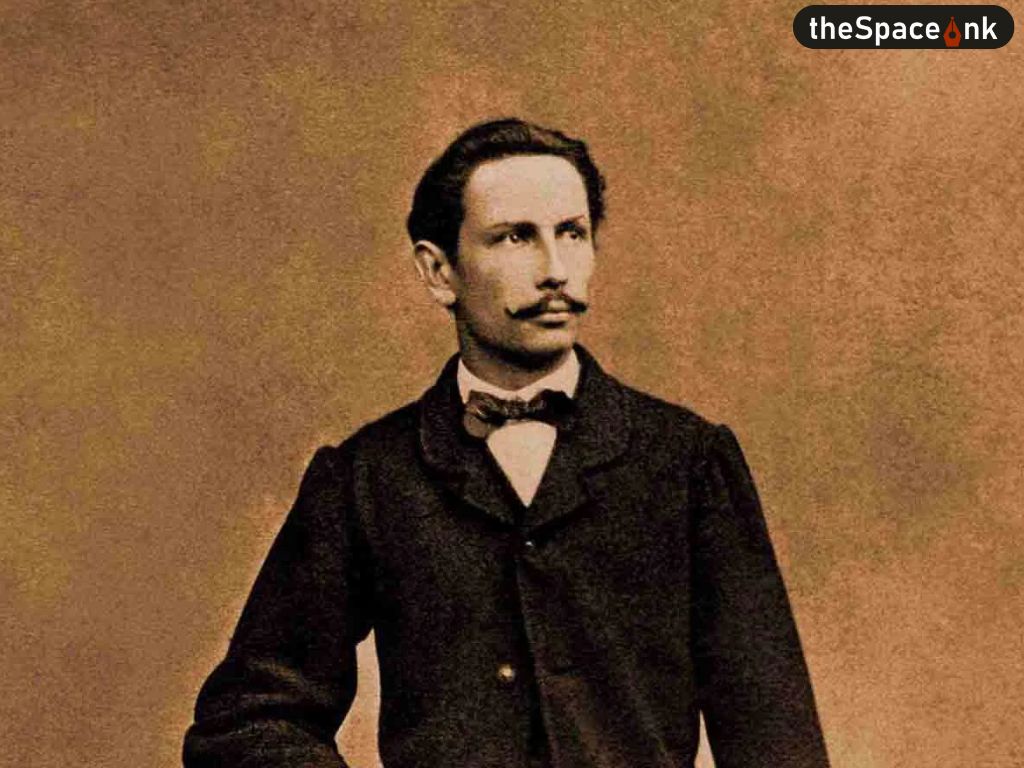(Huaxi)
Everyone seemed to be going – or planning to go – to China that year. It was the year of the Beijing Olympics. A China visit meant Beijing, Shanghai, Xian’s terracotta warriors, Three Gorges Dam, and, of course, the Great Wall. Having done most of these earlier, I decided to go to a village in east China’s Jiangsu province, about 110 km from Shanghai. It was no ordinary village – Huaxi was China’s “richest village”, where every resident owned a two-story villa, at least two cars and the poorest had one million yuan (nearly 12 million rupees) worth of assets. The richest had assets worth close to 10 million yuan. Such was Huaxi’s fame that the previous year, some two million tourists, Chinese and foreigners, visited the village and marvelled at its success story. I would be there at the village, not once but twice, but the Huaxi story is much more than the fairy-tale success of one Chinese village. When Deng Xiaoping gave the clarion call for a Brave New China by famously saying, “Getting rich is glorious”, Huaxi showed even a village could do it.
It was a cold December day when I arrived at Huaxi the first time. I took a two-hour bus ride from Nanjing to Jiangyin on the Nanjing-Shanghai highway and then a shorter, 40-minute bus journey from Jiangyin to Huaxi. The first thing that struck me was the fact that Huaxi was not really a “village”. Since the beginning of the Huaxi experiment n 1961, it had spread so much, eventually covering some 35 square kilometres. Before 2001, the village covered an area of just 0.96 km.
Also Read: Cosmopolitan Club, Tagore, and UIUC: A Brief History of 100 years (Part: 1)
Over the next few years, about 20 adjoining villages merged into Huaxi. The population, originally just 1000, swelled to 35,000 by the time I visited the village the first time in 2008. Another 20,000 people came to the village from outside to work in the many industrial, agricultural and commercial units at Huaxi. In 1994, the “villagers” set up the Huaxi Group Corporation, that managed all the companies functioning in the village. And, there were 50 industrial units ranging from chemicals, textiles, steel, agricultural and electrical equipment, shipbuilding, parts of airplanes and many more. With tourism booming since 2002, hotels and other leisure industry infrastructure had become big business. The year before my first visit to the village, the Corporation made a profit of 50 billion yuan (nearly seven billion US dollars).
All these statistics were dished out by a lady in the Propaganda Department of the Huaxi Village Government, who spoke some English and whom I met in her office. It isn’t easy to talk to an official in China. Very few of the officials spoke English. The bigger problem is that no official would speak to outsiders, more so to a foreign journalist, without permission from the boss. But then, Huaxi is a major tourist attraction and there are writings in English near the tourism office at the central square.

The Huaxi story and messages from Wu Renbao, the man who made it all, were prominently displayed on big billboards all over the place. One message, displayed prominently, said, “One should have five belongings – money, house, car, child and honour”. Another talked of “six loves” – “Love the Communist Party, love our country, love Huaxi, love relatives, love your friends and love yourself”. Talking of numbers is important in Communist China’s mass culture – popularizing the party’s diktats always came with numbers – one remembers Mao’s “four modernizations” during the Great Leap Forward, the “Four pests” or the “Four olds” during the anti-Rightist campaign. There is a sixteen-word “Huaxi spirit” that is believed to guide its material and spiritual progress and make it the “new, modernized socialist countryside with Huaxi characteristics”.
“I was born in this village, an old resident told me, “My father was a worker in a local electrical factory. So was my mother. So I’ve seen all the changes here”.
But how did the Huaxi experiment begin and how did it succeed on a scale unrivalled anywhere else in China? “I was born in this village, an old resident told me, “My father was a worker in a local electrical factory. So was my mother. So I’ve seen all the changes here”. Zhao Zhirong, an 80-year-old, also recalled the early days, “When I was a boy, there was only agriculture. There were some factories, but very small like the one that made fertiliser and pesticide sprays for agriculture”. He talked of his old mud hut, “The door was so low we had to bend our heads to get in and out. My home originally had no toilet, only two small rooms. Then there was one toilet for my family of six”. Zhao now owned a three-story villa with ten rooms, three western-style toilets, two cars (in 1991, the village government gave every family a Volkswagen and in 2000 a Buick) and two million yuan worth of assets and shares in several companies under the Huaxi Group Corporation”. Huaxi’s fixed assets were worth 9.8 billion yuan and the Corporation’s sales amounted to more than 50 billion yuan. But that was in 2008.

Seventy-year-old Zhu Jing Da’s life story was typical of the changes Huaxi had gone through. One of the original villagers, Zhu, his father and grandfather were all small farmers. “We worked in the people’s communes till 1961. At that time, meals were free, but we made our own clothes. At that time, people just farmed the lands during the day. Soon they started small businesses, factories at night. When leaders from outside came, they closed the factories and businesses.” In 1980, the family got a two-storied brick house with mud on top and brick on the ground floor. The area was 180 square metres and “I paid 8000 yuan”. In 1966, the village party committee made a 15-year plan for socialist housing, but it was still mud housing. In 1989, Zhu moved into his new villa, “a Western-style villa, now expanded into 450 square metres with six rooms. In 2002, he built another villa – this time a two-storied “European-style villa” of 490 square metres with five rooms, which cost him nearly 1.5 million yuan. The family of nine people had two cars – a Toyota Crown and a Volkswagen. Each member of the family had shares of Huaxi companies worth 30,000 yuan.
Wu Renbao met Mao Zedong in Beijing in the early 1960s and got his approval for starting industries but had his trouble with the fanatical Red Guards during the Cultural Revolution when he was denounced as a “capitalist roader”.
The man who led such massive changes was Wu Renbao, the secretary of the village unit of the Chinese communist party, who was also the head of the village government. As Huaxi’s area spread with the merger of 15-odd adjoining villages into it and after the Huaxi Group Corporation was set up n 1994, its profits swelled with business with outsiders. The village government had to work out a comprehensive policy for Huaxi’s economy. But it had to tread the path carefully so that Huaxi’s ways did not clash too openly with the policies of the Central government. Wu Renbao met Mao Zedong in Beijing in the early 1960s and got his approval for starting industries but had his trouble with the fanatical Red Guards during the Cultural Revolution when he was denounced as a “capitalist roader”.
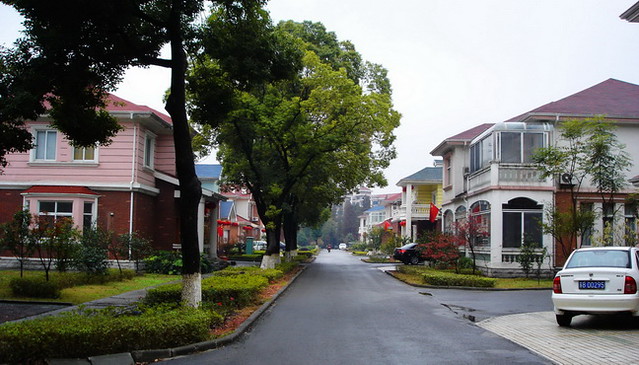
But that storm blew over and Wu not only survived it but doubled his initiatives following the death of Mao Zedong in 1976 and especially after the game-changing “reform and opening up” of the Chinese economy under Deng Xiaoping. China being such a vast country, the Central government’s writ does not always run in the remote corners so that local party leaders can go their own ways in many ways. An old saying goes thus, “The mountains are high and the emperor is far away”. In many ways, this remains true of communist China as it was for imperial China.
So Wu Renbao had his ways for making Huaxi a successful “capitalist” experiment. But he was no rebel. In fact, Wu earned many laurels in subsequent years. He was the “National Model Worker”, became “National Model Agricultural Worker” twice and was a delegate to several congresses of the CPC, a rare honour for a village-level leader. Topmost CPC leaders such as Jiang Zemin, Hu Jintao, Li Peng and others either came visiting Huaxi or showered Wu with high praise. Unusually for a Chinese leader, he remained the head of the village party and government for 48 years. When I visited the village for the first time, he was hailed as a “farmer thinker”.
Also Read: Books That Burst Out of Windows and Spiral Into Infinity- Part 1
His kind of capitalist enterprise wasn’t a complete break from the central government’s – and the party’s – “socialism with Chinese characteristics”. So what Huaxi did was a mix of capitalism of “individual ownership” and socialism of “collective ownership”. The villagers earned a “salary” which was often higher than that of a government employee and owned their houses, cars and other personal property. And, they received shares and dividends from the profits of the Huaxi corporation’s agricultural, industrial and commercial units. They could keep twenty per cent of the profits with their families as bonus, but 80% of the dividend incomes they had to invest in the Corporation. They did not have the right to walk away with the money they made from the collective ownership. If they decided to leave the village, the collective assets and the incomes from these would go back to the Corporation.
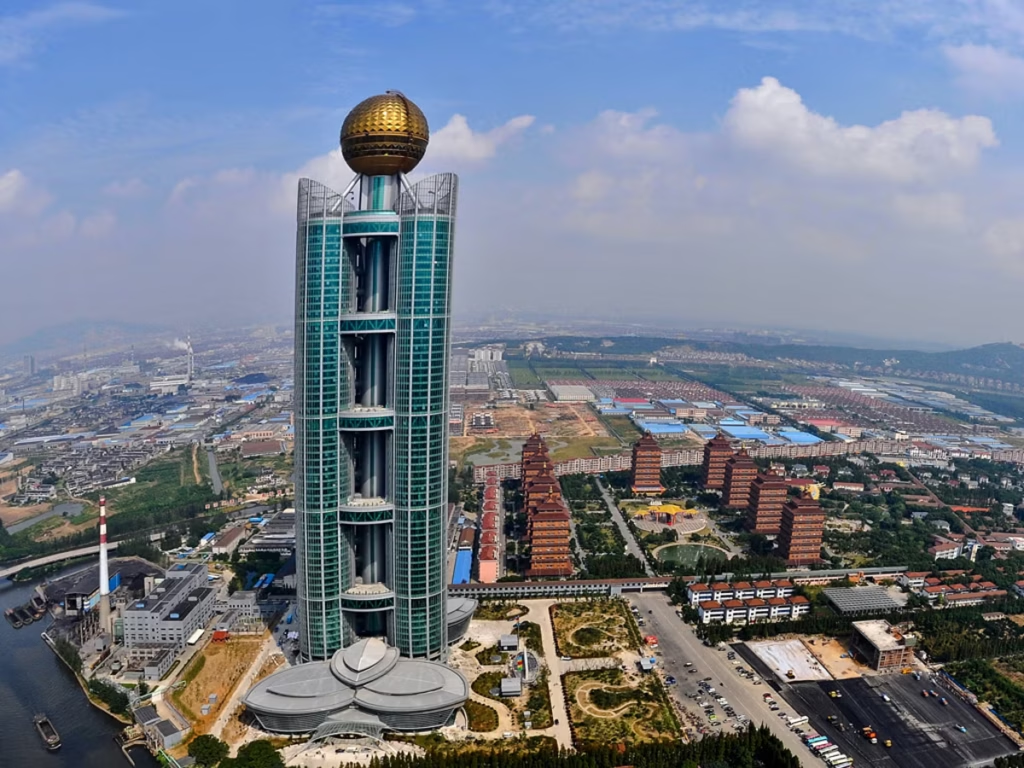
But surely, the younger villagers who went out to study in big cities and even abroad wouldn’t like to live in the village all their lives. “Maybe my son will study in the US or even live there”, Zhu Hui Jin(46) told me, “he has seen many places outside but thinks Huaxi is the best”. Young people go away to study but come back with their boyfriends or girlfriends”. Hopeful thoughts but future may hold different other aspirations as China’s urbanization makes massive strides, just as the world at large grapples with the decline of rural life and with the urban revolution on a scale unknown in human history. In China, I saw quite a few other villages that promised other journeys but lost their ways in a matter of three decades looking like typical deserted villages. For the headline of an article on a famous Chinese village that I wrote some 15 years ago I borrowed from the famous Pete Seeger song and asked “Where have all the farmers gone”.
Kevin, who hailed from Haikou, the capital of the island-province Hainan in China’s southernmost tip, later became a successful businessman as a partner of a shipping company and owned as many as six apartments in his hometown.
But one visit is surely not enough to understand the past or the present of Huaxi, let alone foresee its future. You really need to go back to the village to make sense of where it is going. Fortunately, I had another opportunity to encounter Huaxi – three years after the first visit. And the second visit was even more interesting – it showed Huaxi on the cusp of another big change. Also, it had its own way of showing how today’s China worked to promote and preserve an elitist social system with its corrupt ways.

The second time I was in Huaxi – in 2011 – I was accompanied by Bhaswati and our young Chinese friend, Kevin. A brief introduction of Kevin should not be out of place here. Young Chinese who speak some English usually take a Western name because that makes it easier for them as well as for the foreigners they want to befriend or converse with. It is also one of the ways for them to practise their spoken English. So our young friend Liang Hui became Kevin for us and for other foreigners living in China. Kevin used to share rooms with others in a housing block across the street from my apartment on Huixin Dongjie in Chaoyang district in Beijng. He found me out in a local convenience store on our street and struck up a conversation. For both of us, it soon became a friendship that was of mutual benefit. He turned out to be a friend, companion and guide to me – and subsequently for Bhaswati too – for my travels and other needs around China.
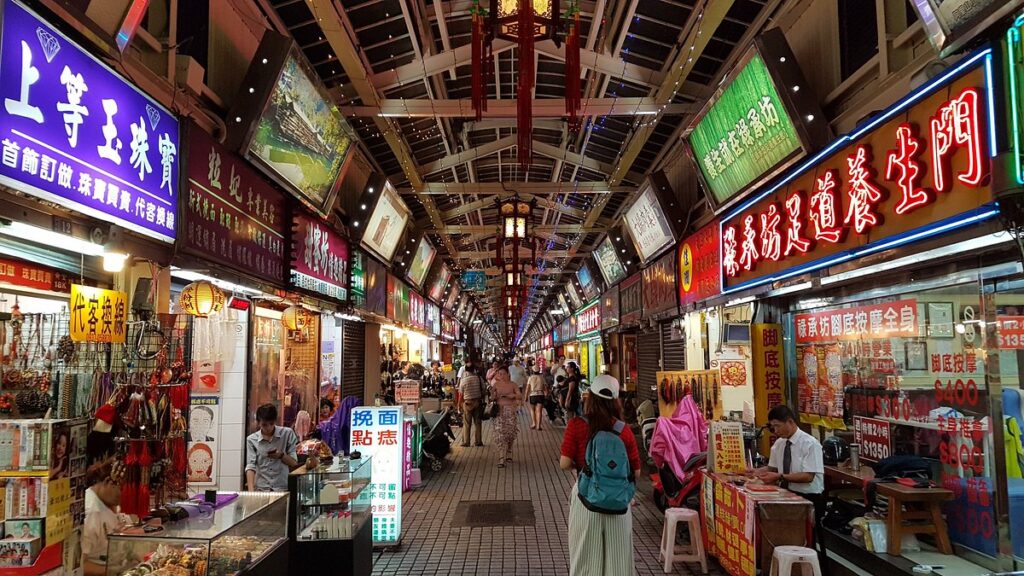
I too proved to be of some use for Kevin. He worked with a company that offered its services to young, aspiring Chinese from wealthy families who applied for US visas to study or work in the country of their dreams. Kevin’s company would train these Chinese youth basic English so that they could successfully navigate the visa interviews. Kevin himself, like most Chinese people who struggled to speak English, spoke the language with much difficulty. But his English was just about good enough to help the US visa applicants. And, he apparently made decent money from the job, for many of the US visa hopefuls were sons and daughters of wealthy business people.
Also Read: A Journey Back to Self and Nature: Yellowstone and Grand Teton
So he would help me buy my tickets, accompany me to far-flung places in China and generally work as an interpreter – all for free and always with a big smile–but I would often buy the tickets and pay for our hotel accommodation. Kevin, who hailed from Haikou, the capital of the island-province Hainan in China’s southernmost tip, later became a successful businessman as a partner of a shipping company and owned as many as six apartments in his hometown. His was a typical story of the Chinese dream of becoming successful entrepreneurs. But that is a different story.
To be Continued…
Photo Courtesy: China Daily, The Independent, Reuters, Tripadvisor, Flickr, Hurriyet Daily News
Ashis Chakrabarti is a former Senior Editor with The Telegraph, Kolkata. He has also worked with several other newspapers, including China Daily in Beijing. He has travelled widely.


